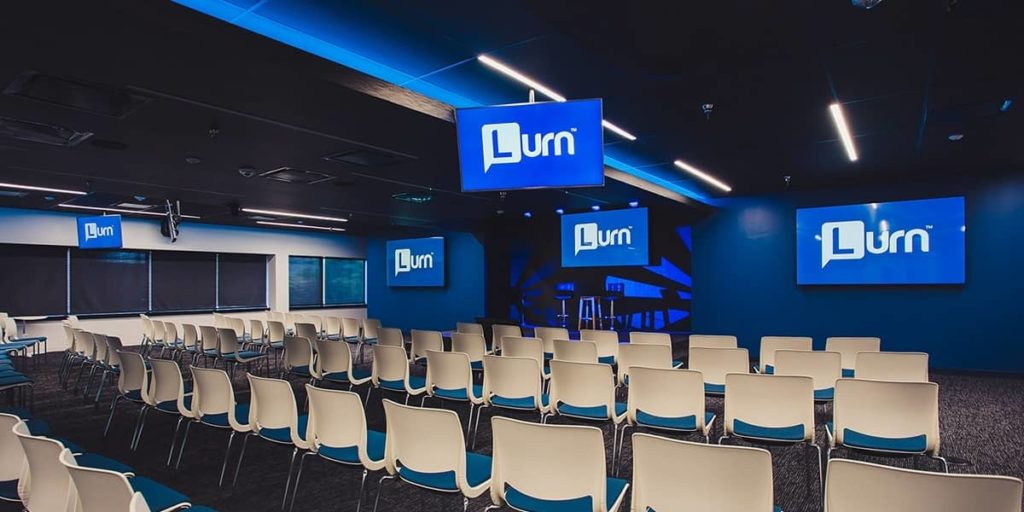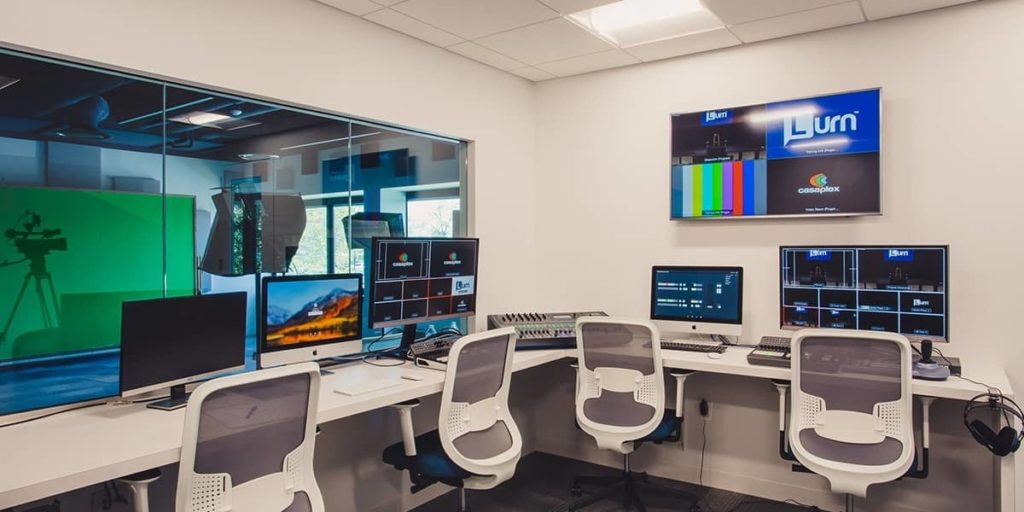Why organizations are creating their own (hybrid) event spaces
It only takes one chaotic conference. If you’ve been trying to build confidence in your new hybrid events, but it’s felt like an uphill battle, there could be a hidden reason you’ve not yet considered – location. When you book a new event space, there’s the assumption that some amount of time will be invested into getting familiar with the new venue and adapting your org’s equipment with the in-house A/V system. But when your whole operation has to move every time you have an event, it starts to feel like a traveling circus. The reality is that hybrid conferences and events will continue to be around for some time, and it’s the perfect moment to consider what an in-house event space could do for your operations. Observe current trends while we discuss what alternative choices could help your programs run more smoothly.
“Many companies are afraid their system is too complicated to operate in house. In the past, they’ve had to pay the exorbitant cost of outside vendors running their events. The key difference with systems we design is that our first priority is making them easy-to-use.”
Steve Rosenheim, Casaplex
In-House Technology Means Better Events, Whether Fully Virtual or Hybrid
All types of organizations, from associations and nonprofits to commercial offices and wellness & health spaces, are looking for event hosting options that provide flexibility, which these days, will mean a combination of in-person, virtual and hybrid events. As long as quality stays consistent, giving attendees the option of attending either in person or online should translate to increased attendance and more authentic engagement in programs.
Since there’s more flexibility in how information can be disseminated these days, attendees can find their own happy medium – instead of bending to 100% in-person or 100% online, they can be in-house when they need to or join virtually if desired. Providing several options will also make it easier for events and conferences to run more effectively – this can include reaching lead generation goals more easily or having the chance to discuss important issues with speakers and attendees from around the world.
The Status Quo (and Cost) of Conferences & Events Is Holding You Back
For past conferences, organizations have been forced to dedicate a chunk of their resources to renting out costly off-site event spaces, which often included setting aside even more funding for adapters, A/V techs, and other venue-specific equipment that you didn’t use before that event, and may not use again. Up until this year, these types of event-related expenses were basically considered sunk costs.
Another more subtle cost associated with ballroom rentals and borrowed technology: every time there’s an event, time will be lost to the learning curve. Where should the speakers be placed; are you prepared for video playback, music or sound effects; which sessions need a dedicated tech and which can go on autopilot after they’re set up? For even the most experienced of A/V techs, cycling through an ever-changing checklist before each and every conference can get old – it adds unneeded stress and unnecessarily takes up time that could be spent on improving the attendee experience.
Where the status quo of renting a new event space every time may have been fine when these events were just once a year, the current combination of in-person and hybrid events means it’s time to revisit the conversation about in-house event spaces. Having the peace of mind of knowing where everything is and how everything works, and not having to worry whether the setup of another A/V team will be making more late nights for you and your team, has tremendous value for your organization’s time and overall impact.
Here’s What You’ll Need to Set Up Your Own In-house Event Space
If you’ve seen the value of configuring and customizing your own in-house event space and you’re ready to move forward with planning before your next conference, you’ll want to make sure your checklist includes the following technology:
- Broadcast system. This could be the last time you have to figure out a new set up! Yay! Sit down with your A/V team and determine how you can make the setup intuitive for how speakers and attendees typically use the space. Be sure to consider virtual attendees as well – if the online experience is going to be as engaging as being in house, this may require an extra moderator to keep track of the attendees chatting or asking questions online.
- Lighting and displays. Determine if the lighting will be static throughout the day; if it needs to be adjusted throughout, factor this into your setup. Some background displays may be useful for an in-person presentation, but not online, and vice versa – consider these elements when setting up the room. Preparing displays will also require having the necessary adapters on hand to accommodate speakers’ personal devices.
- Microphone and camera. This setup should be based on the size of the conference and number of speakers. Figure out how many and what types of mics you should have in the room, and anticipate the issues that may arise with a hybrid event, like echoing. For cameras, even though they can pan, tilt, zoom and do other nifty tricks, you’ll want to get guidance on how many and exactly where they should be positioned in your space.
- Intuitive seating plan. Consider where attendees will be sitting and how this impacts where the cameras and microphones should go. If there’s a possibility of multiple rooms, any overflow seating should also be configured with the appropriate audio and visual displays.
- Existing spaces. If you’d prefer to spend your budget improving the rooms that you already have, convert an existing huddle room or conference room into your ideal event space. If the amount of in-person attendees is consistent and you have the room for what you need, then your focus will mostly be on how to improve the audio-visuals for in-person attendees and setting up a virtual conferencing platform that makes the most impact for a larger online audience.
Is your association or nonprofit planning an in-person or hybrid conference soon? If you’re tired of changing your A/V planning process every time you host an event at a new venue, it sounds like you’re ready to have a custom-designed event space that you can call your own. View some of our corporate work here.



